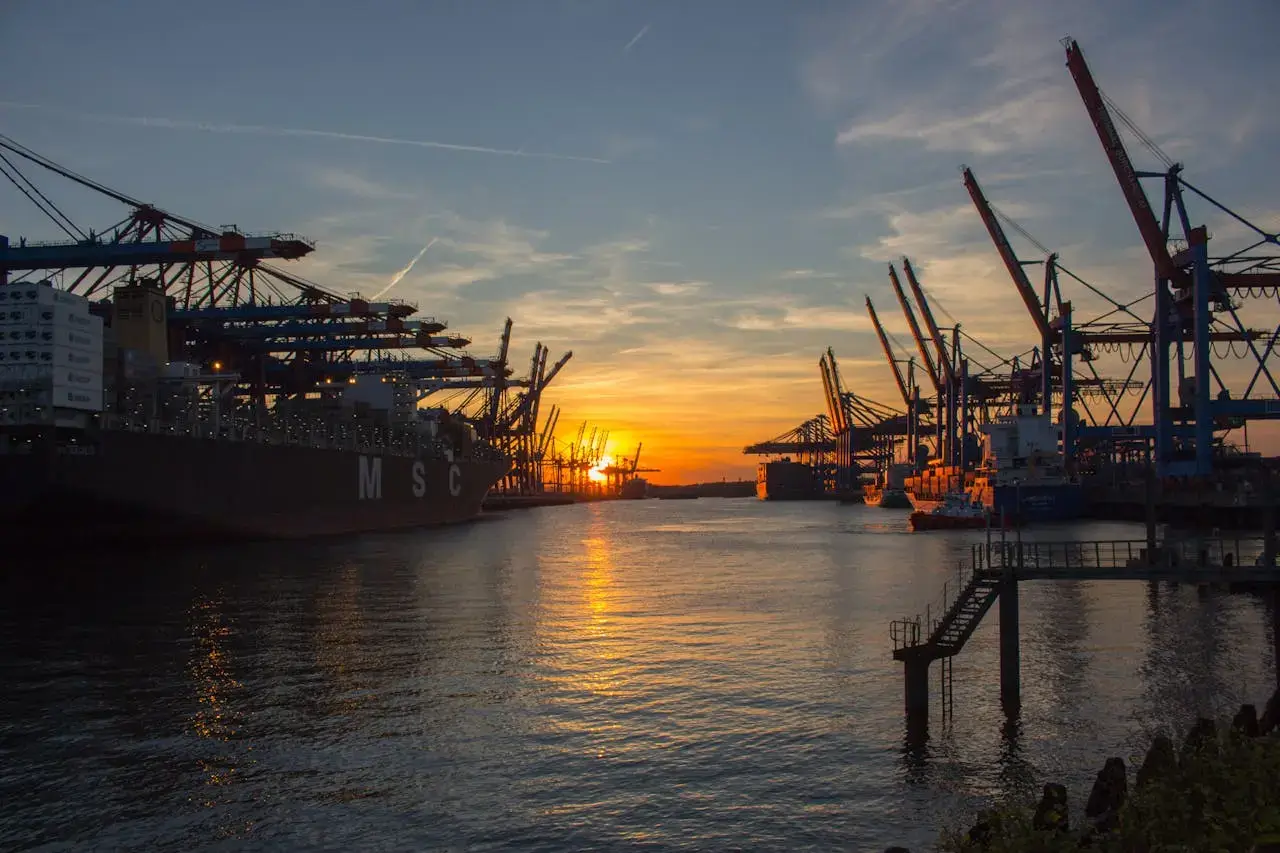
Russian Seaports: A Year of Growth in Cargo Turnover
In the first 10 months of 2022, Russian seaports saw a remarkable 7.8% growth in cargo turnover, reaching 749.3 million tons. This surge is largely attributed to the significant increase in dry cargo transshipment, which rose by 14.7% to 382 million tons.
Dry Cargo: The Driving Force Behind Growth
The standout performers in the dry cargo category were grain, chemical and mineral fertilizers, scrap metal, containerized cargo, and ferry cargo. These commodities played a crucial role in driving the growth of Russian seaports.
Bulk Cargo: A Steady Performance
The bulk cargo transshipment segment at Russian seaports also showed promise. It increased 1.5% to 367.3 million tons in cargo turnover. Oil, food, and chemical cargoes were the top-performing subcategories. They drove growth in this segment.Specifically, oil cargoes contributed significantly to the bulk cargo turnover increase. Additionally, food cargoes played a vital role in boosting volumes. Moreover, chemical cargoes were another top performer aiding the growth. In summary, these three subcategories propelled the bulk segment’s promising cargo turnover at Russian seaports.
Regional Performance: A Mixed Bag
Russia’s Arctic seaports experienced a slight decline of 0.2% in cargo turnover, reaching 81.8 million tons. However, dry cargo handling in the region added 7.7% to 26.2 million tons, while liquid cargo handling decreased by 3.5% to 55.6 million tons.
Baltic Seaports: A Bright Spot
In contrast, the Baltic seaports, including St. Petersburg, saw a 2.5% growth in cargo turnover, reaching 208.8 million tons. The dry cargo handling segment in this region increased by 19.9% to 94.8 million tons, while liquid cargo handling decreased by 8% to 114 million tons.
Azov-Black Sea Region: Defying Expectations
Despite ongoing Azov-Black Sea military operations, cargo turnover at these ports grew 17.2%. It reached 251.3 million tons. Dry cargo transshipment in the region added 26.2%, hitting 122.9 million tons. Additionally, liquid cargo transshipment increased 9.8%, amounting to 128.4 million tons.
The growth occurred despite the challenging operational environment in that region. Nevertheless, the ports managed to boost their overall cargo handling capabilities. Consequently, they facilitated higher volumes of both dry and liquid cargo flows. In summary, the Azov-Black Sea ports demonstrated resilience amid adversity.
Caspian Basin and Far Eastern Seaports: Emerging Hubs
The Caspian basin seaports, key transit points for the North-South corridor, witnessed remarkable cargo growth. Their turnover grew 36.1%, reaching 6.5 million tons. Dry cargo handling reached 4 million tons, a 1.6 times increase. Additionally, liquid cargo handling hit 2.5 million tons, up 4.9%.
Meanwhile, the Far Eastern seaports, crucial Russia-Pacific links, saw 5.7% cargo turnover growth. Their turnover reached 200.9 million tons. Furthermore, dry cargo handling increased 3.9% to 134.1 million tons. Liquid cargo handling also rose 9.6% to 66.8 million tons. In summary, both regions experienced significant cargo traffic growth.
In conclusion, Russian seaports have demonstrated remarkable resilience and growth in cargo turnover, despite ongoing geopolitical challenges. As investor involvement and national interests in the region continue to increase, it is likely that Russian seaports will maintain their momentum and continue to play a vital role in international trade.
